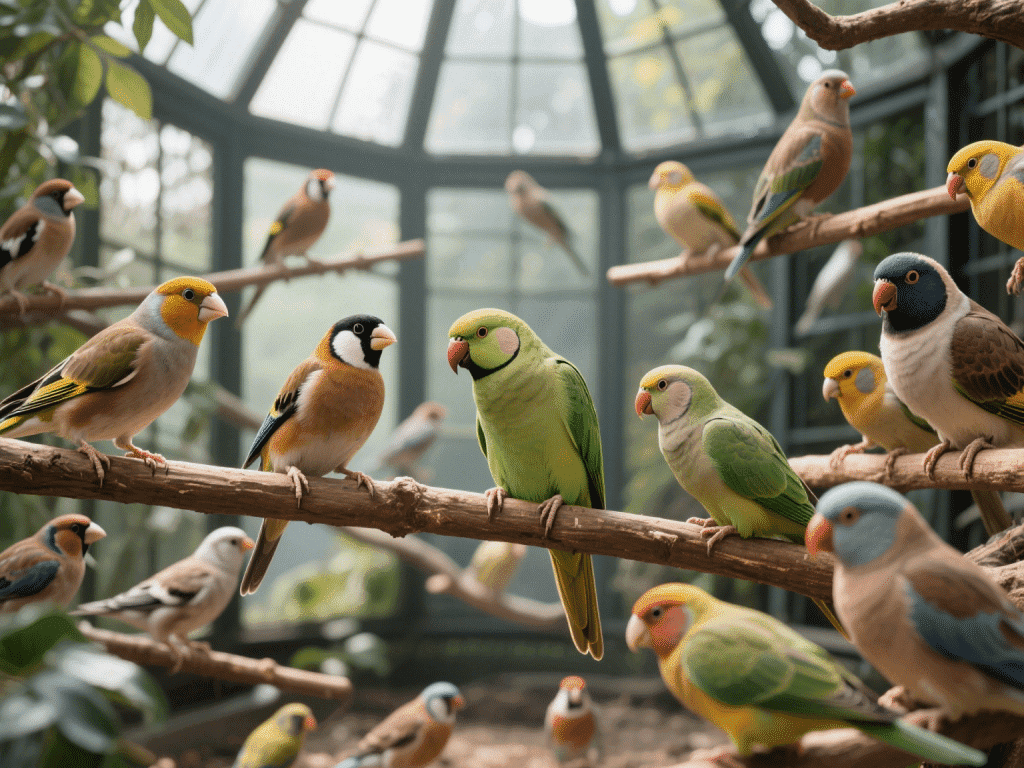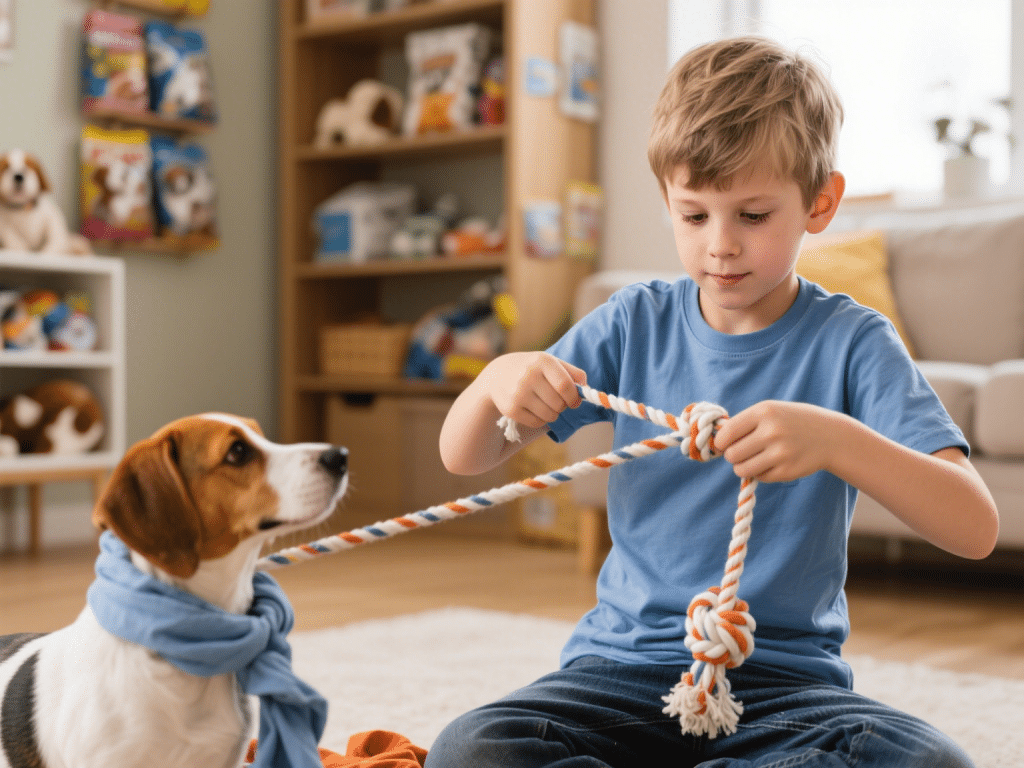
Setting Up a Multi‑Species Aviary: Keeping Parakeets, Finches & Canaries Harmoniously
Combining parakeets, finches, and canaries in a single aviary offers visual and auditory d...
Feline Lower Urinary Tract Disease (FLUTD) affects 1-3% of cats annually, causing pain, blockages, and potential kidney damage. Early intervention and proactive care are critical for your cat’s wellbeing.
Straining in Litter Box: Unproductive squatting lasting >30 seconds
Frequent Attempts: Visiting litter >5x/hour with minimal output
Blood in Urine: Pink-tinged or visibly bloody urine
Vocalization: Crying during elimination
Inappropriate Urination: Avoiding the box due to pain association
Excessive Licking: Focusing on genital area
Urgent Alert: Male cats exhibiting straining with zero urine output require immediate emergency care. Urethral blockages become fatal within 24-48 hours.
Wet Food Diet: Aim for >70% moisture content (canned/pouched food)
Water Stations: Provide 3+ water bowls per cat (stainless/ceramic)
Running Water: Use cat fountains; cats drink 2-3x more from moving water
Broth Boosters: Add sodium-free chicken bone broth to meals
Litter Box Protocol: # boxes = # cats + 1, placed in quiet zones, scooped 2x daily
Vertical Space: Install cat trees/shelves for safe retreats
Pheromone Diffusers: Use Feliway Classic in multi-cat households
Predictable Routines: Maintain consistent feeding/play schedules
Prescription Diets: For recurrent FLUTD, use vet-recommended urinary formulas (e.g., Hill’s c/d, Royal Canin SO)
Magnesium Control: Avoid fish-heavy diets high in magnesium crystals
pH Management: Target urine pH 6.2-6.8 (ask vet for urinalysis)
Daily Play: 15-min interactive sessions with wand toys
Puzzle Feeders: Slow eating and mental stimulation
Safe Hideouts: Provide cardboard boxes or covered beds
Vet Visit Within 24 Hours: For any symptoms beyond isolated accidents.
Diagnostic Essentials: Urinalysis, urine culture, abdominal ultrasound.
Medical Management:
Blockages: Emergency catheterization + IV fluids
Cystitis: Pain relief (Buprenorphine), anti-spasmodics (Prazosin)
Infection: Culture-guided antibiotics (avoid Amoxicillin overuse)
Post-Crisis Care:
Strictly follow prescription diet for 3-6 months
Monitor litter box use via journal or smart litter box
Schedule vet rechecks at 1/3/6 months
A 2018 Journal of Feline Medicine study found cats on multimodal prevention plans reduced FLUTD recurrence by 82%. Consistency in hydration, stress reduction, and vet partnership is key.
Pro Tip: Track water intake - healthy cats consume 20-40ml/kg daily. Use marked bowls or smart fountains to monitor.
“Whiskers’ blockage cost $3,200 in ER care. After switching to wet food/fountains and Feliway, he’s been flare-up free for 2 years.” - Sarah K., Maine Coon Owner
By implementing evidence-based prevention and responding swiftly to symptoms, you can significantly protect your cat from urinary distress and ensure long-term bladder health.

Combining parakeets, finches, and canaries in a single aviary offers visual and auditory d...

IntroductionEngaging your dog with stimulating toys is essential for mental and physical h...

IntroductionIntroducing a new puppy to a senior dog requires careful planning. Senior dogs...

IntroductionBringing a second pet into your household can enrich both your life and that o...

IntroductionA safe backyard is essential for pets to explore and exercise freely. Seasonal...

IntroductionGardens can be a delightful outdoor extension of the home, but unprotected gar...
Comments on "Dealing with Feline Urinary Tract Problems: Prevention and Care" :